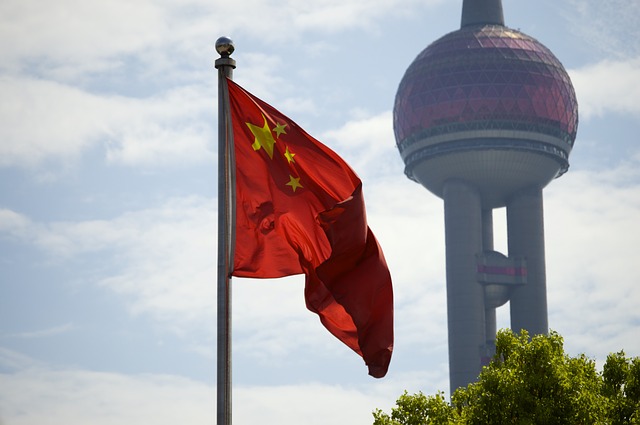June 15, 2023
The transition to ‘green’ cars is happening at breakneck speed in the EU. The market share has increased from 11% to 47% in two years. The battery car is by far the most popular in this regard. Battery electric vehicles (BEV) from China are particularly popular. We warn against this heavy blow inflicted by China on the European automotive industry and the European economy.
Johan Geeroms, our Director Risk Underwriting Benelux: “The automotive industry is being redefined again. Fifteen years ago, the Chinese government was already fully invested in BEVs. Large public companies have been created and these are now arriving in force on the European market. The three best-selling battery cars in 2022 are Chinese. Soon, all cars will come from China, whether they are made by a Chinese brand or they are American and European brands and made on Chinese soil. They meet all European requirements.” The prejudice that Chinese cars are inferior is no longer relevant.
Will we soon all be driving Chinese cars?
This Chinese rise is not only a huge blow for the European automotive industry, but also for the European economy as a whole. Europe is the world’s largest exporter of cars. Over the past decade, the automotive market has generated between 70 and 110 billion euros in trade surplus for the European economy. Even today, four out of five cars sold in Europe are also assembled on the Old Continent. But this is starting to drop sharply. In the years to come, Europe will largely turn to cars made in China. By 2030, European automakers could collectively lose more than €7 billion in annual net profits.
The automotive sector, the largest industrial sector in Europe, represents 10% of the value added of the manufacturing sector. This figure is even higher in Germany (15%), Hungary, the Czech Republic and Slovakia (around 20% or more). The automotive industry is also an important customer in the metal, plastics and electronics sectors.
The automotive market is reinventing itself
The impact of the electrification of the European automotive industry is enormous. Take the example of propulsion, which generally represents 25% to 30% of the total cost of a car. Electric propulsion is much simpler and requires far fewer parts. It is the price of the battery that is higher here. One technology replaces another. The entire European ecosystem around car manufacturing is being redesigned. This is a direct threat not only to the car manufacturers themselves, but also to the vast network of companies around them.
How to stop this Chinese progression? Johan Geeroms: “Then you have to look at the commercial conditions. Policymakers should also strive to maintain assembly within the EU. Furthermore, it is important that the EU invests substantially in battery technology and produces lithium for its own use.”
Source: Allianz Trade
Legal Notice: The information in this article is intended for information purposes only. It is not intended for professional information purposes specific to a person or an institution. Every institution has different requirements because of its own circumstances even though they bear a resemblance to each other. Consequently, it is your interest to consult on an expert before taking a decision based on information stated in this article and putting into practice. Neither Karen Audit nor related person or institutions are not responsible for any damages or losses that might occur in consequence of the use of the information in this article by private or formal, real or legal person and institutions.






